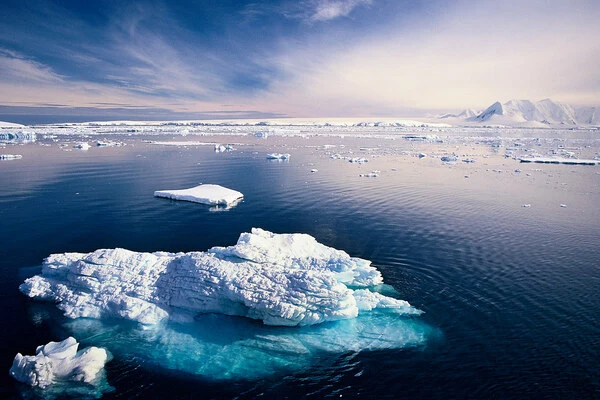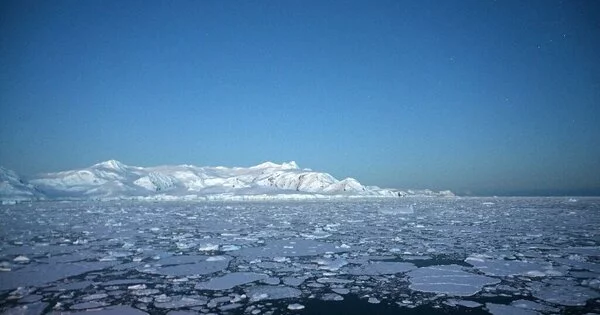Temperatures are increasing in the Arctic at more than double that of the global average. Shrubs are getting bigger. Plant populations are changing. Animals are changing their diets. We know this because scientists from every Arctic country in Europe, Asia, and North America have been working together for 30 years, carrying out coordinated experiments to examine vegetation change across the tundra biome. The journal Arctic Science is commemorating these efforts with a special issue this fall that focuses on three decades of research findings from the International Tundra Experiment (ITEX). These researchers know better than most what a warming planet looks like.
“There are shrubs that are almost tree-size,” said Steven Oberbauer, FIU biologist and North American lead for ITEX. “It’s not supposed to be that way. At least, that’s not how it used to be.”
Traditionally, plants in Arctic’s tundra region are low-lying and grow very slowly because of their very short growing season. But as temperatures warm, the growing season is beginning earlier. Some plants are moving into areas they did not occupy before, and species composition is changing. These changes have not been swift and easily could’ve gone unrecognized. But ITEX is doing what it was designed to do—documenting and providing an understanding on the impacts of climate change to this vast, treeless region with its frozen subsoil.
Scientists first sounded the alarm for a rapidly warming Arctic in the mid-1980s. Some met and agreed to work together, forming ITEX. In 1992, Alexandra Fiord in the Canadian High Arctic became the first official site. Oberbauer attended his first ITEX meeting in 1994—two years after the project launched and 17 years after he first started working in the Arctic. He says maintaining a long-term, multi-site, multi-institution collaboration like ITEX is hard to do.
The work being done by this international network of scientists isn’t showy. The scientists trek to the same research sites year-after-year conducting experiments and documenting what they find. It’s their consistency that makes their work special. It began as studies of individual plant species, but ITEX has grown to the warming effects on entire ecosystems. After 30 years of data collection, scientists can answer many questions about what is happening and what the world should expect for the future of the Arctic. For the questions they don’t yet have answers to, their 30 years of research has laid the groundwork for investigations that will continue to search for answers.
Scientists first sounded the alarm for a rapidly warming Arctic in the mid-1980s. Some met and agreed to work together, forming ITEX. In 1992, Alexandra Fiord in the Canadian High Arctic became the first official site. Oberbauer attended his first ITEX meeting in 1994—two years after the project launched and 17 years after he first started working in the Arctic. He says maintaining a long-term, multi-site, multi-institution collaboration like ITEX is hard to do.

There were times where the grants ran out. Personnel changed. And even more recently, travel was all but blocked because of a global pandemic. Yet, somehow, the scientists found ways to keep the data collection going. Part of ITEX’s success may be attributed to the small number of participants, which fluctuates but usually involves no more than 100 researchers. It’s a tight-knit community that has spent three decades working together across three continents for the benefit of the planet.
The tundra is an ecosystem struggling to maintain balance. But just as Arctic Science is featuring 30 years of ITEX research, it’s also highlighting recommendations for expanded research opportunities and the need for ITEX to continue on.
Oberbauer, who will soon celebrate his 68th birthday, is laying the groundwork for other FIU researchers to continue his sites with ITEX. But after 30 years with this project and more than 45 total in the Arctic, he’s not quite ready to be totally done. “I love going out in the field,” Oberbauer said. “It’s just a lot of fun. It’s so beautiful out there. As long as I can, I’ll probably keep going.”





